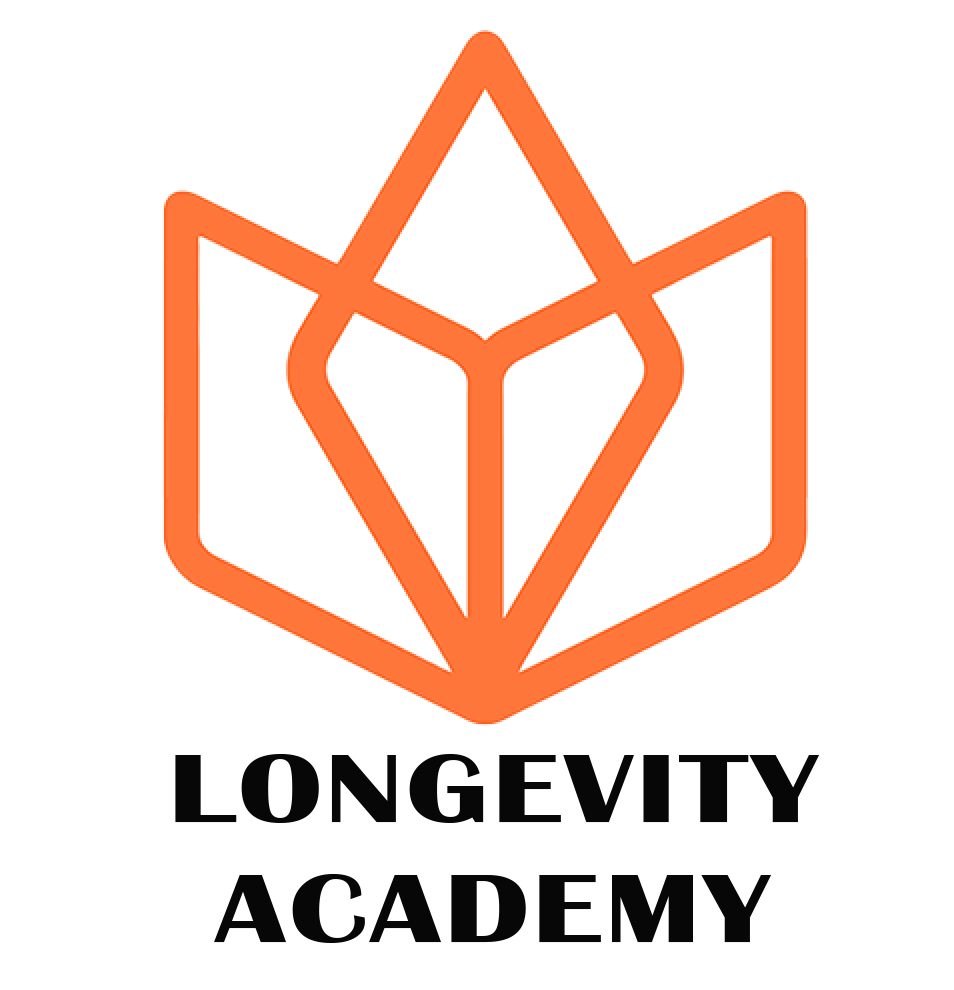In the quest to understand and combat the aging process, researchers have increasingly focused on the role of nicotinamide adenine dinucleotide (NAD+), a crucial coenzyme involved in numerous biological processes. NAD+ is essential for cellular metabolism, DNA repair, and energy production. As we age, NAD+ levels decline, contributing to various health issues and aging-related conditions. This decline has spurred interest in NAD+ restoration therapies, which aim to replenish NAD+ levels and potentially improve health and longevity. This article delves into the science behind NAD+, the significance of its restoration, the different therapies available, and the future of this burgeoning field.
What is NAD+?
NAD+ is a coenzyme found in all living cells. It plays a central role in redox reactions, which involve the transfer of electrons between molecules, a process critical for energy production. NAD+ is also involved in several key biological functions:
- Energy Metabolism: NAD+ is essential for the conversion of nutrients into energy within the mitochondria through processes such as glycolysis, the citric acid cycle, and oxidative phosphorylation.
- DNA Repair: NAD+ is a substrate for sirtuins, a family of proteins that regulate various aspects of cellular health, including DNA repair, inflammation, and aging.
- Cellular Signaling: NAD+ influences several cellular signaling pathways, including those involved in stress responses and metabolism.
The Decline of NAD+ and Its Implications
NAD+ levels naturally decline with age, a phenomenon that has been linked to various age-related diseases and conditions. This decline is associated with several factors:
- Increased Oxidative Stress: Aging is accompanied by increased oxidative stress, which can deplete NAD+ levels and impair cellular functions.
- Mitochondrial Dysfunction: NAD+ is vital for mitochondrial function. A decrease in NAD+ can lead to impaired energy production and increased mitochondrial damage.
- Reduced Sirtuin Activity: Lower NAD+ levels result in decreased sirtuin activity, affecting DNA repair and cellular stress responses.
- Inflammation: Chronic inflammation, often observed in aging, can further contribute to NAD+ depletion.
Restoring NAD+ levels has emerged as a potential strategy to counteract these effects and promote healthier aging. This has led to the development of various NAD+ restoration therapies, each with its own approach to replenishing NAD+ levels in the body.
NAD+ Restoration Therapies
Several approaches to NAD+ restoration have been explored, including supplementation with precursors, intravenous (IV) infusions, and lifestyle modifications.
- NAD+ Precursors
The most common method for NAD+ restoration involves supplementing with precursors that the body uses to produce NAD+. Key precursors include:
– Nicotinamide Riboside (NR): NR is a form of vitamin B3 that is converted into NAD+ in the body. Studies have shown that NR supplementation can increase NAD+ levels and improve various health markers, including mitochondrial function and insulin sensitivity.
– Nicotinamide Mononucleotide (NMN): NMN is another NAD+ precursor that has demonstrated potential in animal studies and early human trials. It is believed to be more directly converted to NAD+ compared to NR.
– Niacin (Vitamin B3): Niacin is an older form of vitamin B3 that can also boost NAD+ levels. It is typically used in higher doses for specific conditions and may have side effects at high doses.
- Intravenous (IV) NAD+ Infusions
IV NAD+ infusions involve administering NAD+ directly into the bloodstream. This method can rapidly increase NAD+ levels and is sometimes used in clinical settings to treat conditions like addiction, chronic fatigue, and neurodegenerative diseases. IV infusions can be more effective in rapidly elevating NAD+ levels compared to oral supplements, but they are also more invasive and costly.
- Lifestyle Modifications
Certain lifestyle changes can support NAD+ production and maintenance:
– Exercise: Physical activity has been shown to increase NAD+ levels and improve mitochondrial function. Exercise-induced stress activates sirtuins, which can boost NAD+ production.
– Caloric Restriction: Reducing calorie intake without malnutrition can stimulate NAD+ production and sirtuin activity. This is thought to be related to the increased stress response triggered by caloric restriction.
– Intermittent Fasting: Similar to caloric restriction, intermittent fasting may enhance NAD+ levels and sirtuin activity by inducing metabolic stress.
– Healthy Diet: Consuming foods rich in NAD+ precursors, such as those containing tryptophan and niacin, can support NAD+ production.
Benefits and Potential Applications
Restoring NAD+ levels through these therapies holds several potential benefits:
- Enhanced Cellular Function: Increased NAD+ can improve mitochondrial function, leading to better energy production and reduced fatigue.
- Improved Metabolism: NAD+ restoration can support metabolic health, potentially improving conditions like insulin resistance and obesity.
- Cognitive Health: Higher NAD+ levels have been linked to better cognitive function and a reduced risk of neurodegenerative diseases.
- Aging and Longevity: By supporting DNA repair and cellular health, NAD+ restoration may slow down the aging process and extend healthspan.
- Recovery and Performance: Athletes and individuals undergoing intensive training may benefit from NAD+ supplementation to enhance recovery and performance.
Challenges and Future Directions
While NAD+ restoration therapies offer exciting potential, several challenges remain:
- Long-Term Safety: The long-term effects of NAD+ supplementation and high-dose interventions are not yet fully understood. Ongoing research is needed to establish safety profiles and potential side effects.
- Optimal Dosage: Determining the optimal dosage and formulation for NAD+ precursors is still under investigation. Different individuals may require different doses based on their health status and goals.
- Cost and Accessibility: Some NAD+ restoration therapies, particularly IV infusions, can be expensive and may not be widely accessible.
- Individual Variability: Responses to NAD+ restoration therapies may vary based on genetic, metabolic, and environmental factors. Personalized approaches may be necessary to maximize benefits.
Conclusion
NAD+ restoration therapies represent a promising avenue in the quest to enhance health and longevity. By replenishing NAD+ levels, these therapies aim to counteract the effects of aging, improve cellular function, and potentially extend healthspan. As research continues to advance, we can expect a deeper understanding of NAD+ dynamics and more refined therapeutic approaches. Whether through supplementation, IV infusions, or lifestyle changes, NAD+ restoration offers an exciting potential pathway to better health and longevity.

